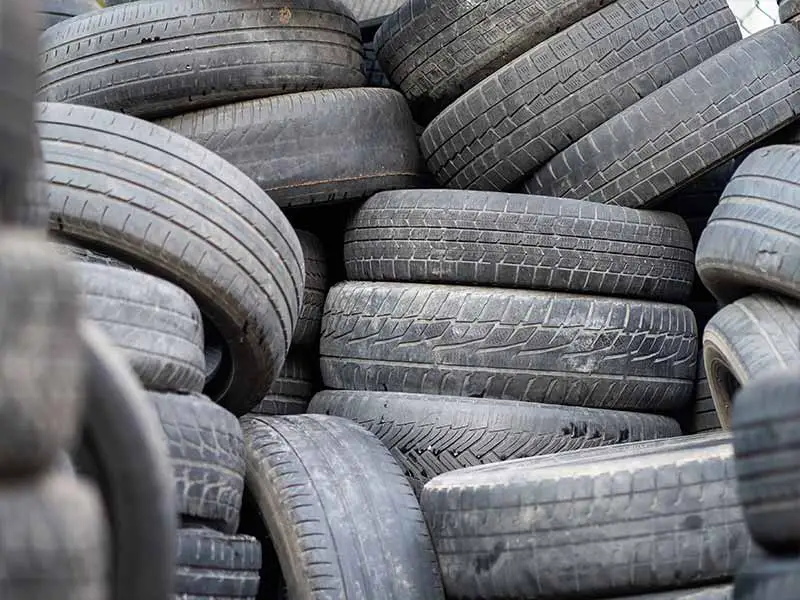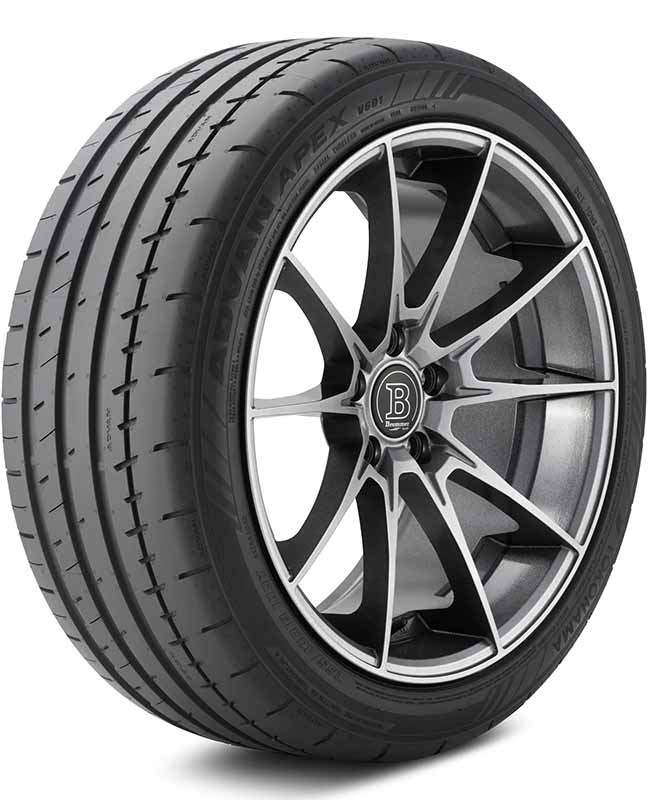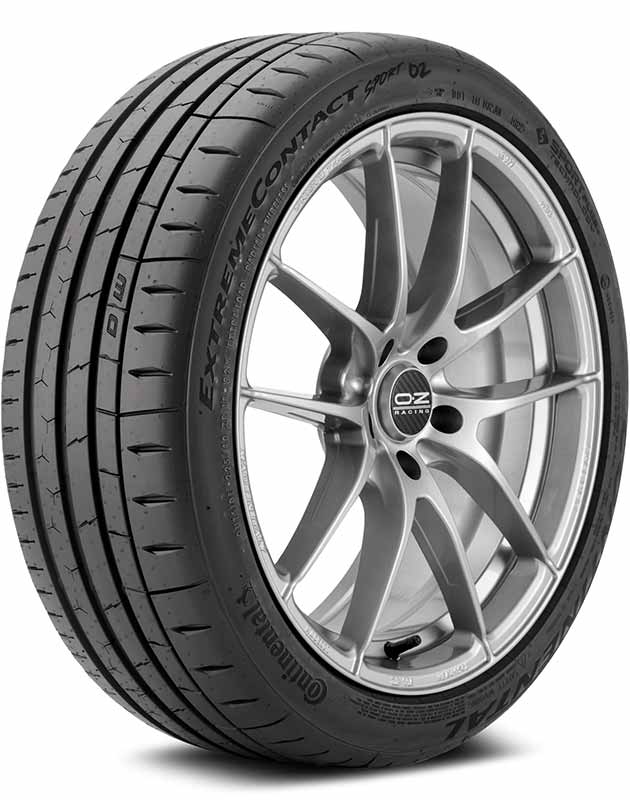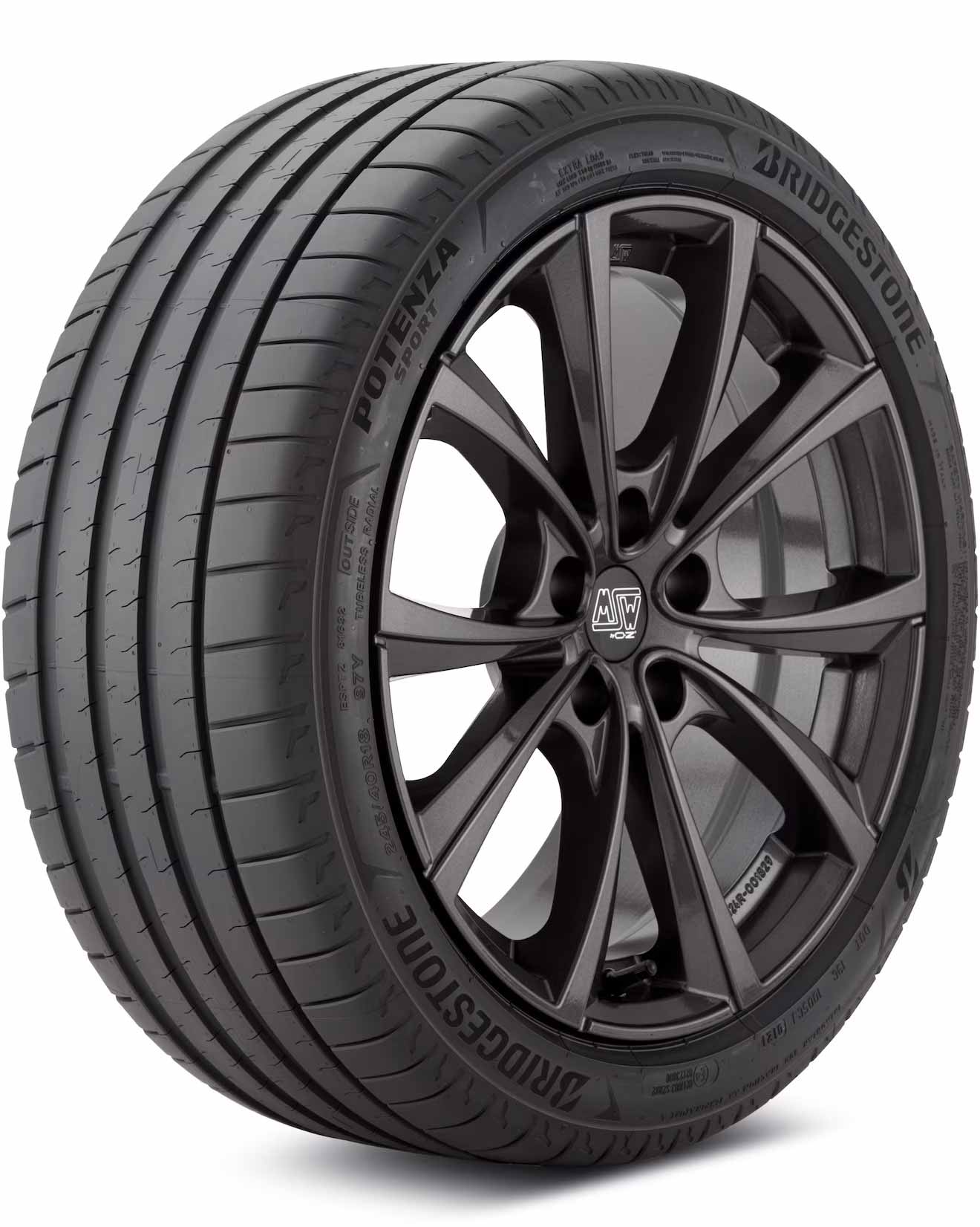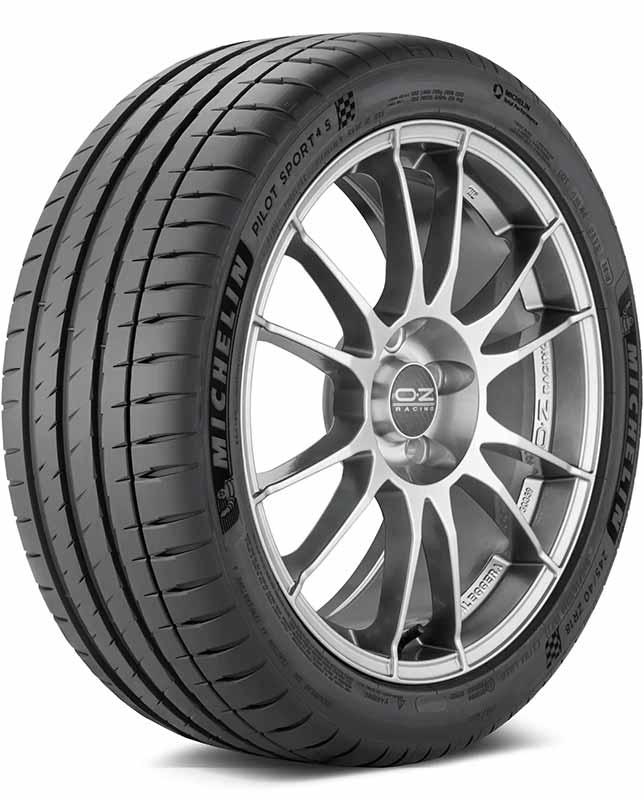Did you know your tires could be “aging” right beneath your car, even if you don’t drive much? Much like a forgotten loaf of bread grows mold, your tires can develop something called “dry rot” that might not only shorten your tire lifespan, but also pose a real threat to your safety.
What Causes Tires To Dry Rot?
Tire dry rot is mainly caused by prolonged exposure to direct sunlight, high temperatures, and ozone.
Other factors like underinflation, long periods of immobility, and improper tire care can also contribute to this deterioration.
In this article, we’ll delve deep into the causes of tire dry rot, dispel common myths, discuss the potential dangers, and arm you with the best preventive measures. So, whether you’re a frequent driver or your car often sits in the garage, you’ll have all the insights you need to keep your tires in great shape.
Let’s take a closer look.
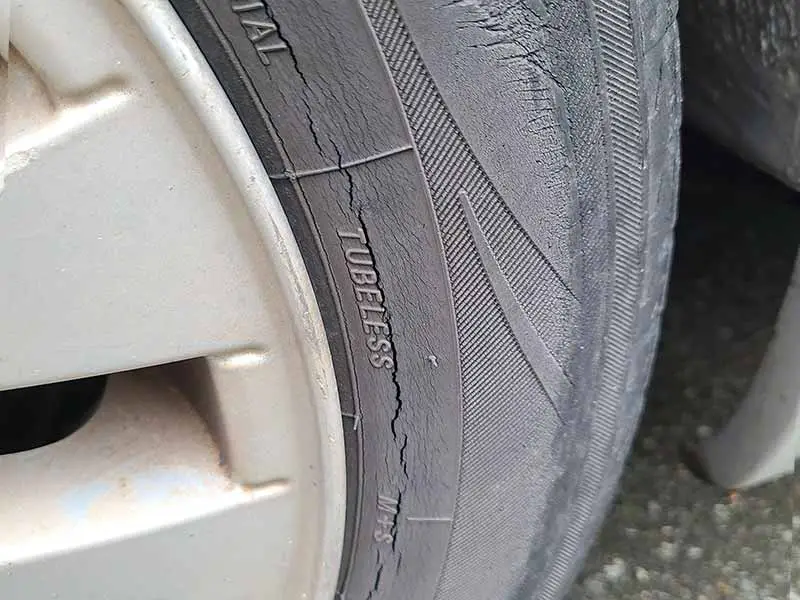
What Exactly Is Tire Dry Rot?
Tire dry rot, also known as sidewall cracking or rubber peeling, is a common issue affecting many tires as they age. Just like our skin wrinkles over time, tires too have their own aging process. As time goes on, the rubber compounds in your tires start to break down. When this happens, you’ll start to see those dreaded cracks and peels on the tire sidewall – signs that your tire is dry rotted.
- Dry Rot: When we talk about “dry rot,” we’re actually referring to the process where the tire rubber deteriorates, which is especially visible in the tire sidewall. The once smooth surface starts to look more like a dried-up riverbed, hence the term ‘dry rot’.
How Dry Rot Affects Tire Life
Now you might be wondering, “How does dry rot affect my tire’s lifespan?” Well, here’s the lowdown:
- Tread Separation: One of the major effects of dry rot is tread separation. This happens when the rubber breaks down to such an extent that the tread – the part of the tire that touches the road – starts to separate from the rest of the tire. Tread separation can make your vehicle hard to control, which is definitely something we want to avoid!
- Sidewall Weathering: Another outcome of dry rot is sidewall weathering. You’ll notice your tire’s sidewall looking worn out and weathered, with visible cracks. This doesn’t just affect how your tire looks; it can also impact how your tire performs on the road.
Spotting the Warning Signs
Recognizing the warning signs of tire dry rot is crucial. It’s like catching a cold – the sooner you notice, the quicker you can act. Here’s what to look out for:
- Notice Cracks: Take a good look at your tires. If you see small, fine cracks appearing on the tire’s surface, especially the sidewall, that’s a sign of dry rot.
- Sidewall Cracks: If the cracking gets worse and you start to see bigger, deeper cracks on the sidewall, you should consider getting your tires checked by a professional.
- Rubber Peeling: Sometimes, dry rot can be so advanced that the rubber on your tire starts to peel off. If this happens, it’s a sure sign that your tire is heavily dry rotted.
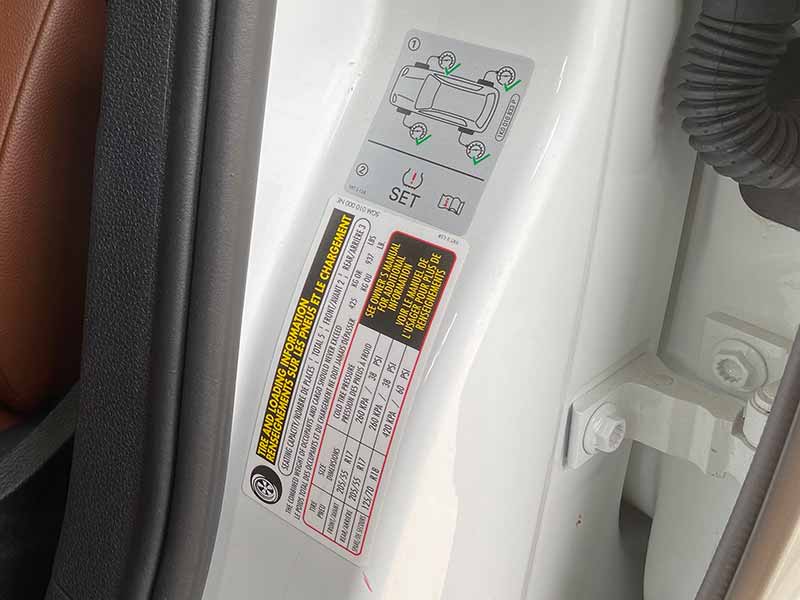
Common Causes of Tire Dry Rot
Unfortunately, there are several causes of dry rotted tires. Let’s focus on the major culprits.
The Peril of Underinflated Tires
You might not think much of an underinflated tire, but here’s the scoop: underinflated tires are a major cause of dry rot. When your tires aren’t properly inflated, the tire sidewall gets flexed more than it should and gets very hot, leading to:
- Faster deterioration of the tire rubber
- Increased chances of sidewall cracking
- A likelihood of developing premature dry rot
So, it’s definitely worth checking your tire’s air pressure regularly!
The Problem with Parking
Are you leaving your car parked for long periods without moving it? Well, your tires might not appreciate the vacation as much as you do. When tires sit in one position for too long, they can develop dry rot due to:
- Extended periods of pressure on one part of the tire
- Lack of use, leading to hardening and cracking of the tire rubber
Remember, tires are meant to roll!
Environmental Enemies: Sunlight, Heat, and Ozone
It’s not just how you use your tires that can cause dry rot, it’s also where you use them. Environmental factors like direct sunlight, extremely high temperatures, and ozone can speed up the aging process of your tires. Here’s how:
- Direct Sunlight & UV Rays: Prolonged exposure to sunlight can cause your tires to heat up and the rubber to break down faster. This is because UV rays can degrade the rubber compounds, leading to premature dry rot.
- Ozone: Ozone is a type of oxygen molecule that’s great up high in the atmosphere (where it helps protect us from UV rays), but not so great for your tires. Ozone can react with the rubber compounds in your tires, causing them to deteriorate.
- High Temperatures: Just like how a hot summer’s day can make you feel drained, high temperatures can be tough on your tires too. Heat can accelerate the breakdown of rubber compounds, causing your tires to dry rot faster.
The Impact of Improper Tire Care
Last but certainly not least, improper tire care can lead to dry rot. Whether it’s neglecting regular tire checks or not cleaning your tires properly, inadequate tire care can contribute to:
- Faster deterioration of the tire rubber
- Development of sidewall cracks
- Premature onset of dry rot
Tire Dry Rot After Three Years?
It’s true that your tires could start showing signs of dry rot after three years. But here’s the kicker: this largely depends on the quality of the tires you’re using and the conditions they’re subjected to.
High-quality tires are typically designed with advanced rubber compounds and antiozonants that resist dry rotting. They are like the superheroes of the tire world – tougher and longer-lasting. But even they are not invincible to the effects of time and environment.
The Unseen Factors: Direct Sunlight, Ozone, and Temperature
On the flip side, if your tires are frequently exposed to direct sunlight, ozone, or high temperatures, they can show signs of dry rot earlier than expected. Remember, these environmental factors are the arch-nemeses of your tire’s health!
The Verdict
So, can tires dry rot after three years? Yes, they can. But will they always? Not necessarily. It largely depends on the quality of your tires, how you use them, and the conditions they’re exposed to.
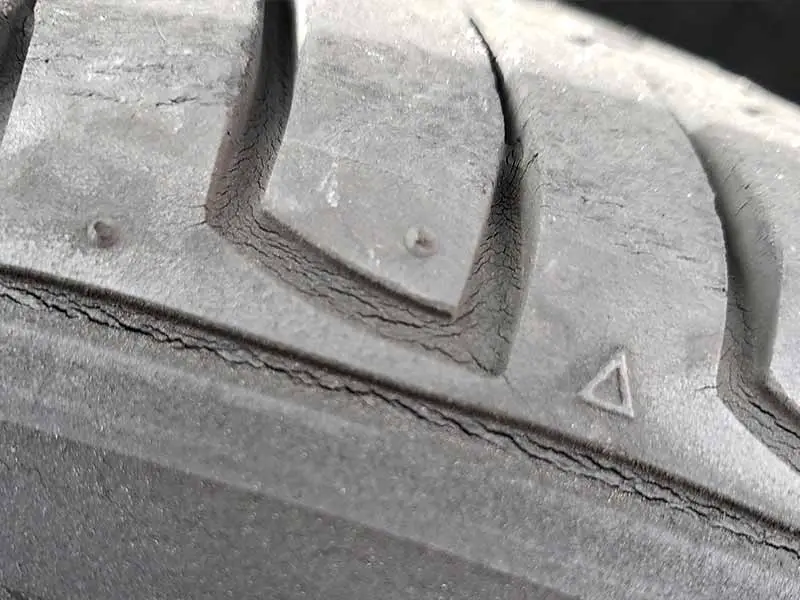
Preventing Tire Dry Rot: Care for Your Tires Like A Pro
Understanding dry rot is half the battle. Now let’s dive into how we can prevent it and keep our tires in tip-top shape!
The Power of Proper Inflation
First and foremost, keep your tires properly inflated. It’s as simple as it sounds, but it’s super crucial. Properly inflated tires can help:
- Prevent premature dry rot by minimizing unnecessary flexing of the tire sidewall
- Improve the overall lifespan of the tire
- Enhance the performance of your vehicle
Get into the habit of checking your tire’s air pressure regularly!
Outsmart the Sun and Heat
Remember how we talked about the impact of direct sunlight, high temperatures, and ozone on your tires? Here’s your countermove: Try to park your vehicle in the shade whenever possible and avoid exposing your tires to extremely high temperatures. This can:
- Slow down the breakdown of the rubber compounds
- Reduce the chances of developing premature dry rot
- Extend the lifespan of your tires
Embrace Regular Tire Checks
Don’t underestimate the power of a good old-fashioned tire check. Regularly inspect your tires for any signs of damage, cracks, or anything out of the ordinary. Regular checks can help:
- Spot early warning signs of dry rot
- Address any issues before they become major problems
- Ensure your tires are always in the best condition for safe driving
Use the Right Tire Care Products
Finally, consider using tire care products that contain antiozonants. These substances help resist the harmful effects of ozone on your tires, thus preventing dry rot. Plus, they give your tires that fresh, shiny look!

303 Aerospace UV Protectant
When Does Dry Rot Become Dangerous?
Dry rot on tires isn’t just unsightly; it can also be a potential safety hazard. The danger lies in the fact that dry rot weakens the structure of your tires, making them more susceptible to failures like blowouts or flats. It can be particularly dangerous when:
- Advanced Dry Rot Sets In: When your tires show signs of advanced dry rot – think deep sidewall cracks, significant rubber peeling, or visible tread separation – they’re no longer safe for driving.
- High-Speed Driving: Dry rotted tires are especially risky at high speeds. The increased heat and stress can cause the already weakened tires to fail.
- Heavy Loads: If you’re carrying heavy loads, the extra weight can put additional stress on dry rotted tires, making a tire failure more likely.
Knowing When to Replace Dry Rot Tires
So when should you replace dry rot tires? It ultimately depends on the severity of the dry rot.
- Deep Sidewall Cracks: If the dry rot has resulted in deep cracks in the tire sidewall or visible tread separation, it’s time to get those tires replaced.
- Rubber Breaking: When the rubber on your tire is peeling or breaking off, that’s a clear indication that the tire is heavily dry rotted and needs to be replaced immediately.
Resources
Below are some links you may find helpful when learning about tires
Final Thoughts
Dry rot is a common yet often misunderstood issue with tires. It’s caused by a mix of factors including direct sunlight, high temperatures, and ozone exposure, along with underinflation and prolonged periods of inactivity. High-quality tires and proper tire care can significantly slow down this process, helping to keep your tires in peak condition longer.
Key takeaway? Tire maintenance is no small task! Checking tire pressure regularly, parking in shaded areas, and using products with antiozonants are just a few steps you can take to protect your tires from dry rot. If you ever notice advanced signs of dry rot, like deep sidewall cracks or peeling rubber, remember to prioritize safety and consult a professional.
Good luck and happy motoring.
